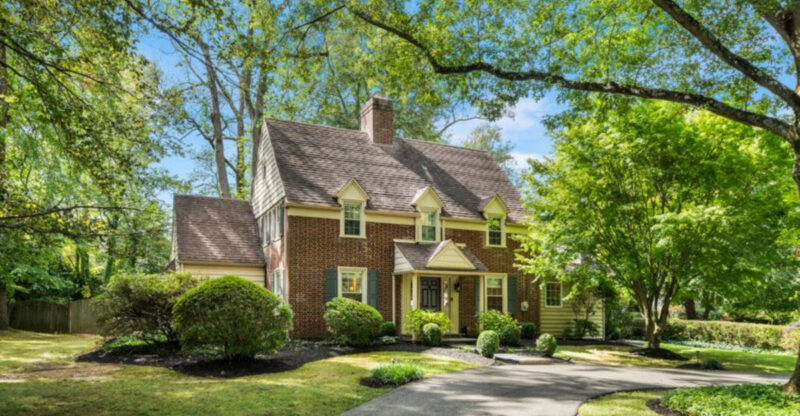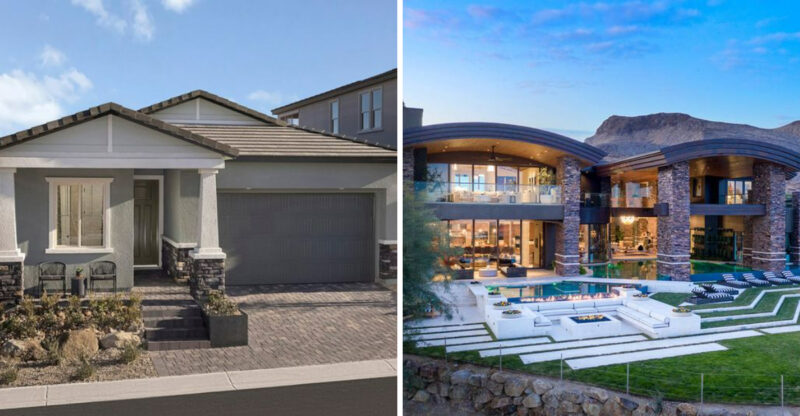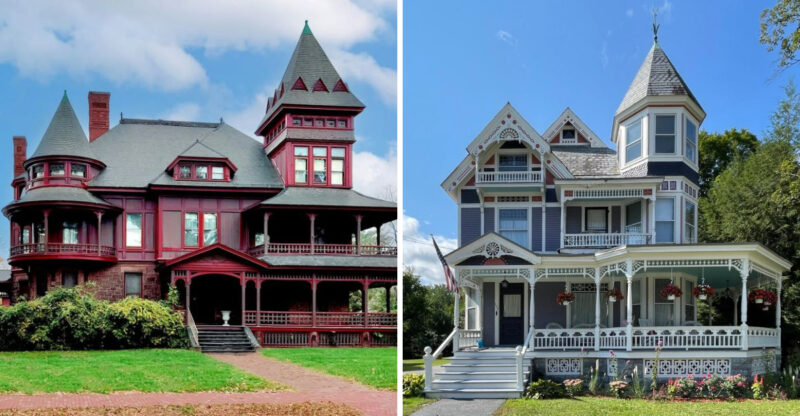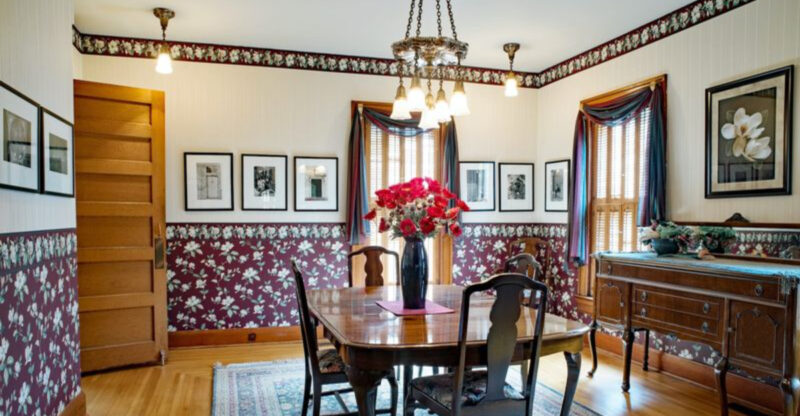18 Common Suburban Upgrades That Might Violate Local Laws
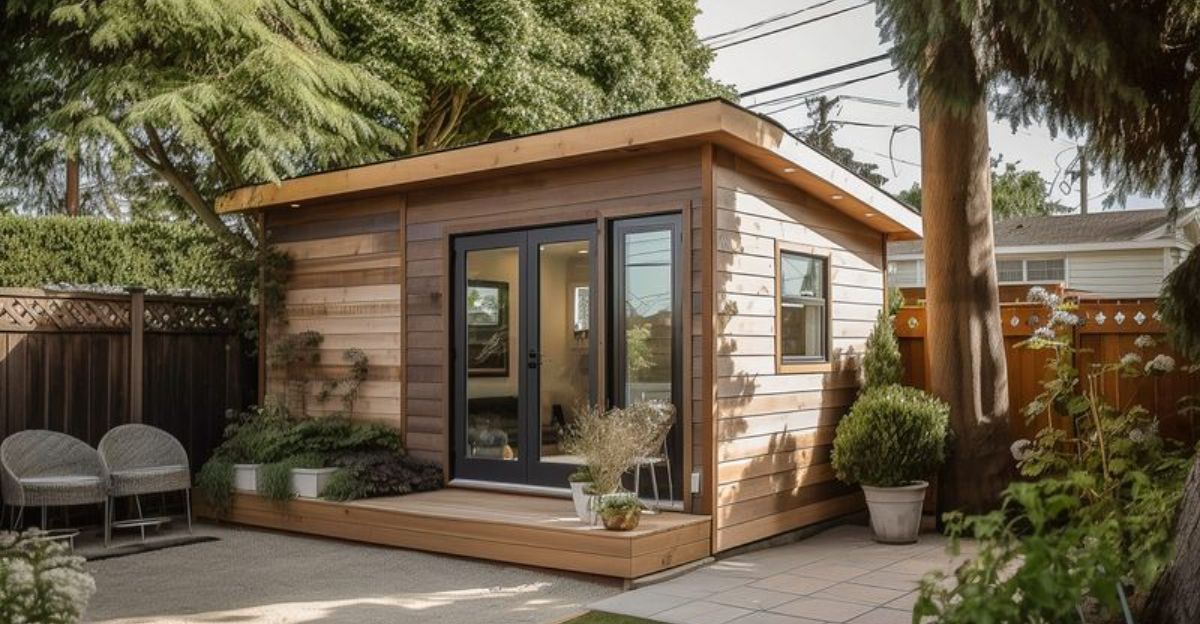
Home improvement projects can transform your suburban property, but many common upgrades might actually be breaking the law without you realizing it.
Local ordinances, zoning regulations, and building codes vary widely between municipalities, creating a confusing landscape for homeowners eager to enhance their properties.
Before grabbing your tools or hiring contractors, it’s worth checking whether your dream improvement might land you in hot water with local authorities.
1. Oversized Fences
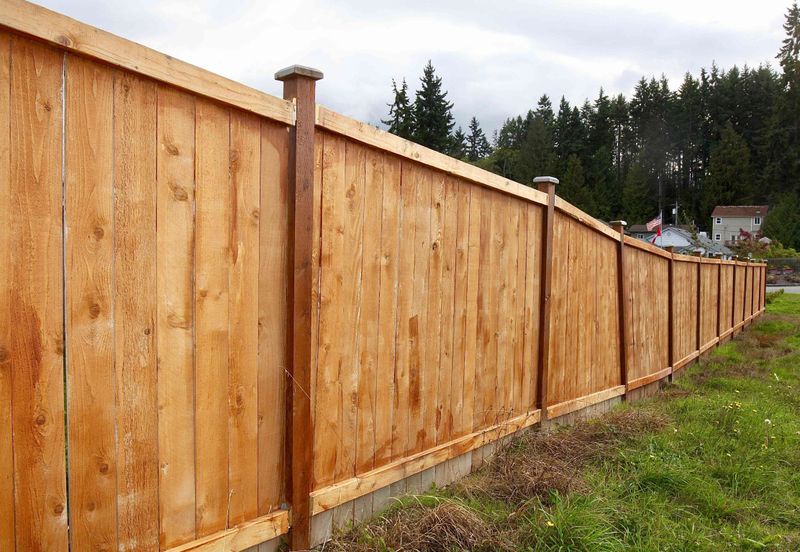
Many homeowners install tall privacy fences without realizing most municipalities strictly regulate fence height. Typically, backyard fences must stay under 6 feet, while front yard barriers often can’t exceed 3-4 feet. These restrictions prevent neighborhood visibility issues and maintain community aesthetics.
If you’ve already installed an oversized fence, you might face fines or be required to modify or remove it entirely. The costs of fixing a non-compliant fence often exceed what you would have paid for a properly permitted installation.
Before building, check your local zoning ordinances and homeowner association rules. Some areas offer variance applications if you need exceptions, but these require neighbor notifications and public hearings before approval.
2. Non-permitted Sheds
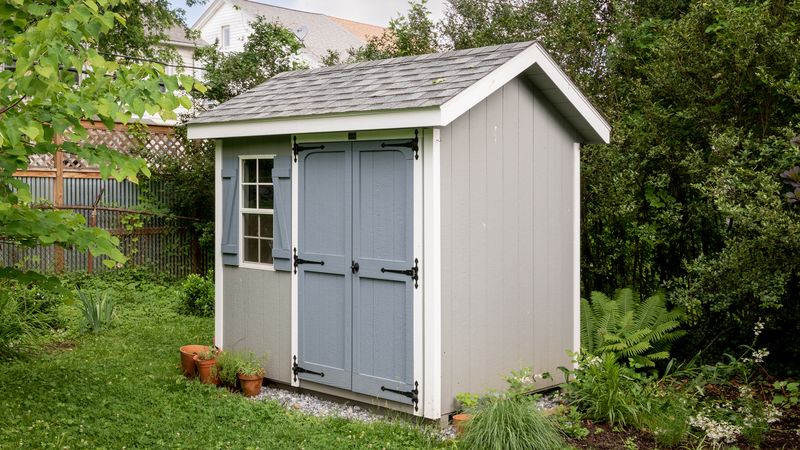
Backyard storage sheds seem straightforward enough to install, yet they frequently violate local codes. Even prefabricated structures typically require permits once they exceed certain dimensions—often around 100-200 square feet, depending on your location.
The placement matters tremendously too. Most jurisdictions mandate setbacks from property lines, usually 5-10 feet minimum. Ignoring these requirements could force you to relocate or dismantle your shed entirely if reported.
Additional regulations might address foundation requirements, anchoring methods, and even aesthetic considerations like matching your home’s exterior. Checking with your local building department before purchasing saves significant headaches, as many retailers won’t mention these legal requirements during your shopping experience.
3. Detached Guest Houses
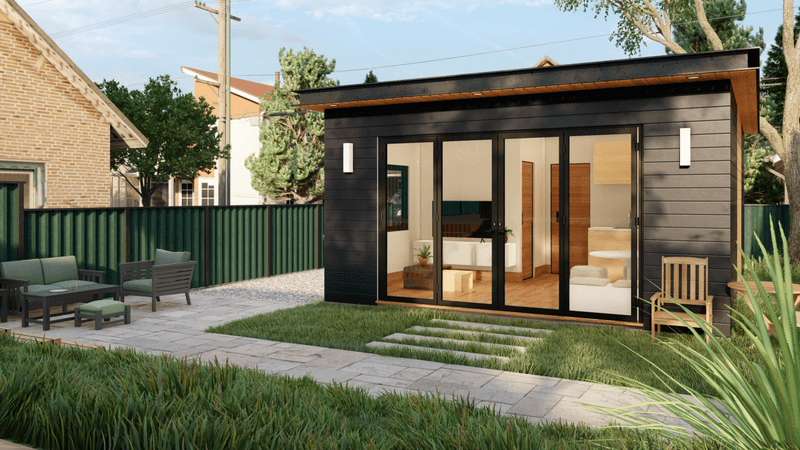
Converting your backyard shed into a tiny guest house or building a separate dwelling might seem like a perfect solution for visiting family or rental income. However, accessory dwelling units (ADUs) face strict regulation in most suburban areas.
Zoning laws often prohibit second kitchens or bathroom facilities in detached structures without special permits. Even with permits, requirements for parking spaces, utility connections, and minimum square footage can make these projects surprisingly complex.
Some neighborhoods ban rentals of these spaces entirely, while others require owner occupancy in the main dwelling. Before investing thousands in your guest house project, verify your property’s zoning classification and review specific ADU ordinances that might affect your plans.
4. Extra Driveway Extensions
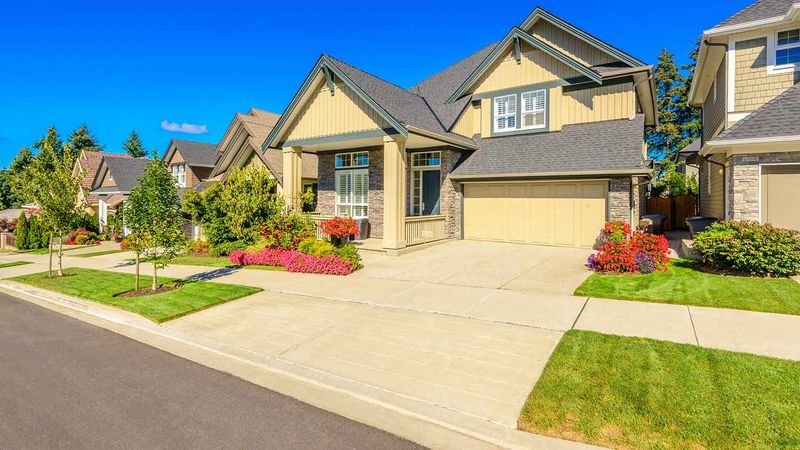
Widening your driveway might solve your parking woes, but this seemingly simple upgrade often requires permits and must comply with impervious surface regulations. Many municipalities limit how much of your property can be covered with concrete or asphalt to prevent neighborhood flooding issues.
Extending driveways toward the street typically requires special approval, as this area may technically be city property or right-of-way. Some neighborhoods also have aesthetic codes prohibiting vehicles from being parked on anything but approved driveways.
Alternative solutions like permeable pavers sometimes face fewer restrictions while still providing additional parking space. Always check with your local zoning department before pouring concrete, as removing unauthorized driveway extensions can cost thousands more than getting proper approval first.
5. Non-compliant Deck Additions
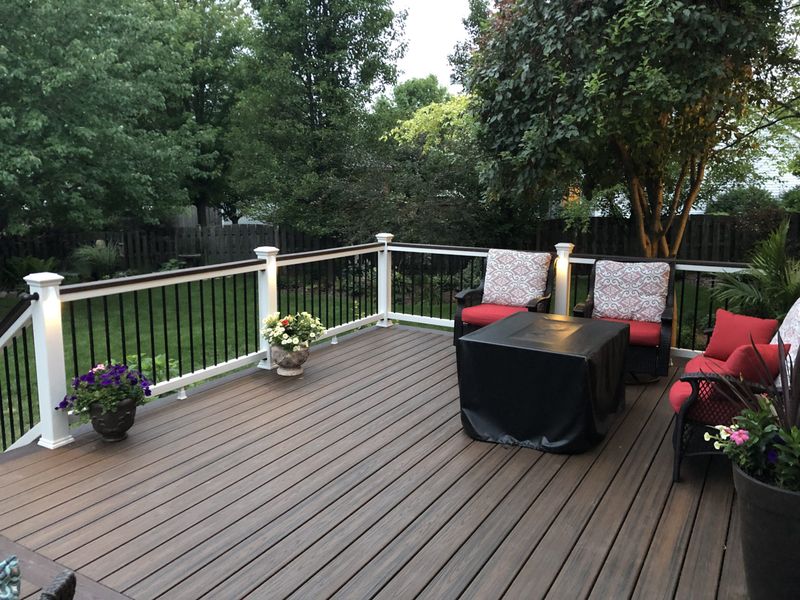
Building a backyard deck creates perfect outdoor living space, but deck construction involves numerous building code requirements that DIYers often overlook. Height restrictions apply to decks, with most areas requiring permits for any deck more than 30 inches above grade.
Structural requirements present another common violation area. Proper footings must extend below the frost line in colder climates, and specific joist spacing, beam sizing, and railing details must meet safety codes. Many homeowners underestimate the engineering aspects of deck building.
If you’ve already built a non-compliant deck, safety inspections might reveal issues during home sales. Mortgage companies frequently require proof of permits for major additions, potentially derailing your sale or forcing expensive retrofits to bring your deck up to code.
6. DIY Electrical Work

Handling your own electrical upgrades might save money initially, but unlicensed electrical work ranks among the most dangerous and commonly cited code violations. Most jurisdictions prohibit homeowners from performing anything beyond basic fixture replacements without proper permits and inspections.
Fire hazards from improperly sized wiring, overloaded circuits, or incorrect connections represent serious risks. Insurance companies may deny claims for fire damage if they discover unpermitted electrical modifications contributed to the incident.
Even seemingly minor projects like adding outlets or ceiling fans require knowledge of current electrical codes. If you’re determined to tackle electrical work yourself, many areas offer homeowner electrical permits that include mandatory inspections to verify safety compliance—a much better option than risking fines or creating dangerous conditions in your home.
7. Blocking Sidewalk Access
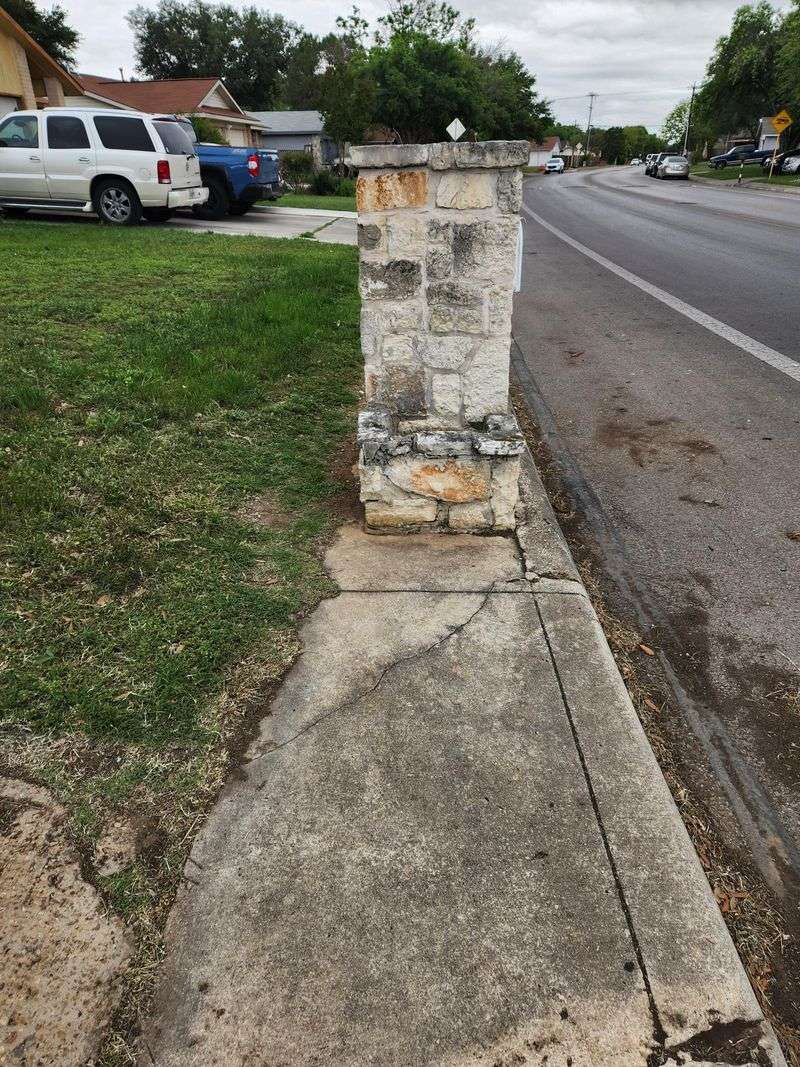
Landscaping improvements near property boundaries frequently create unintentional sidewalk obstructions that violate municipal codes. Overgrown shrubs, decorative boulders, or extended garden beds might beautifully frame your yard while illegally encroaching on public walkways.
Most cities require maintaining clear pathways of specific widths typically at least 36 inches along all public sidewalks. Height clearances matter too, with requirements often specifying 7-8 feet of overhead clearance for tree branches or architectural elements.
Beyond aesthetic concerns, these regulations exist for critical accessibility reasons. Wheelchair users, visually impaired pedestrians, and parents with strollers depend on clear pathways. Violations can result in city crews trimming your landscaping and billing you for the work, often at premium rates compared to handling the maintenance yourself.
8. Converting Garage to Living Space
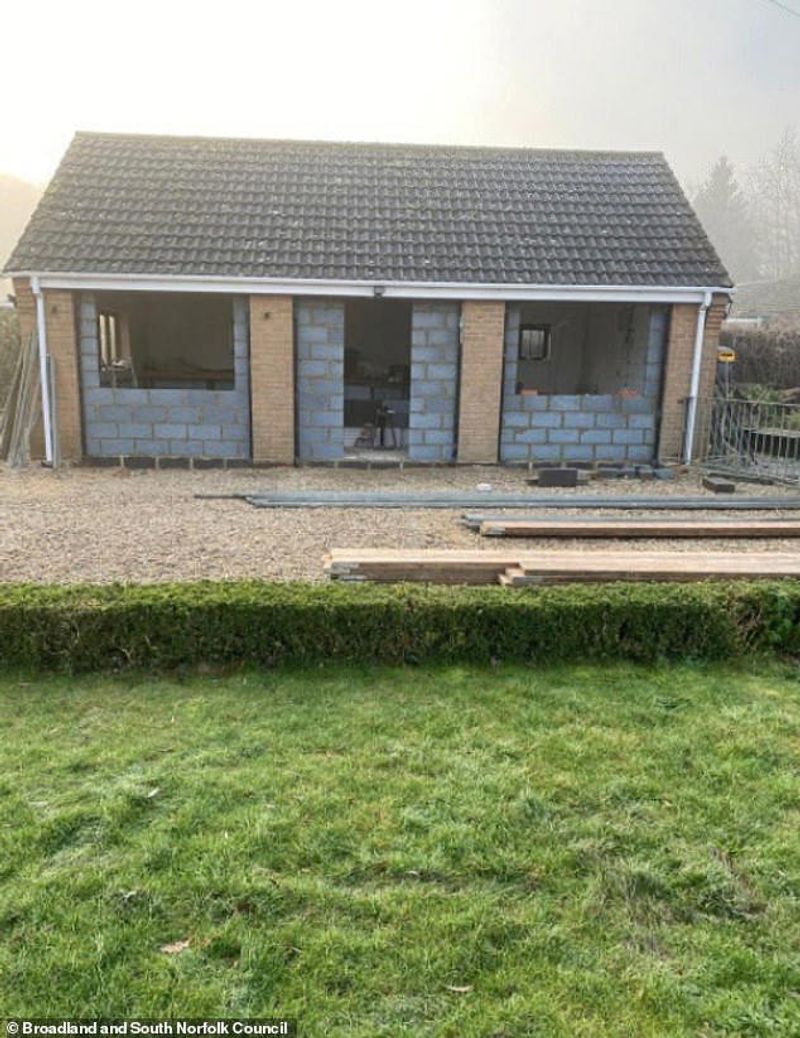
Transforming your garage into a home office, gym, or extra bedroom provides valuable living space, but these conversions frequently violate zoning laws. Many municipalities have minimum parking requirements that mandate maintaining garage spaces specifically for vehicles.
Beyond parking concerns, proper garage conversions require extensive modifications to meet habitable space standards. Insulation values, ceiling heights, egress windows, and heating/cooling requirements differ significantly between garage and living space specifications.
Unpermitted conversions create serious problems during home sales, as appraisers and inspectors readily identify these modifications. Buyers’ lenders may require reconversion to original garage status before approving financing. If you’re considering a garage conversion, investigate whether your area offers legal pathways for this change, such as variance applications or replacement parking plans.
9. Installing Outdoor Kitchens Without Permits
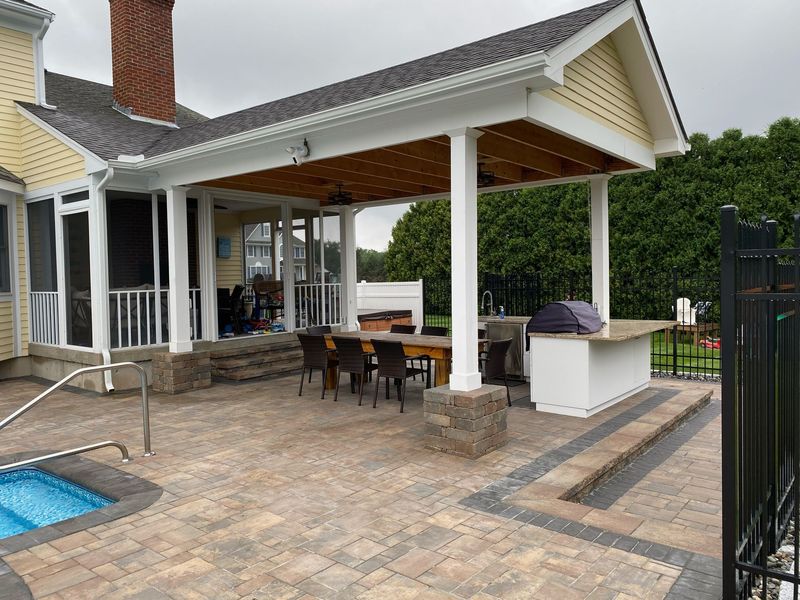
Backyard cooking areas have surged in popularity, but permanent outdoor kitchens typically require building permits, especially when they include gas lines, electrical connections, or plumbing. Many homeowners mistakenly assume these exterior improvements face fewer regulations than indoor renovations.
Fire safety codes apply strictly to outdoor cooking installations. Specific clearances from structures, property lines, and combustible materials must be maintained. Some areas even regulate the types of materials used for countertops and surrounds near heat sources.
Utility connections present additional compliance challenges. Gas line installations always require permits and professional installation in most jurisdictions, while drainage systems for sinks must connect properly to sewer systems, not simply drain into yards. Before building your dream outdoor kitchen, check local building department requirements to ensure your investment remains legal and safe.
10. Unapproved Pool Installations
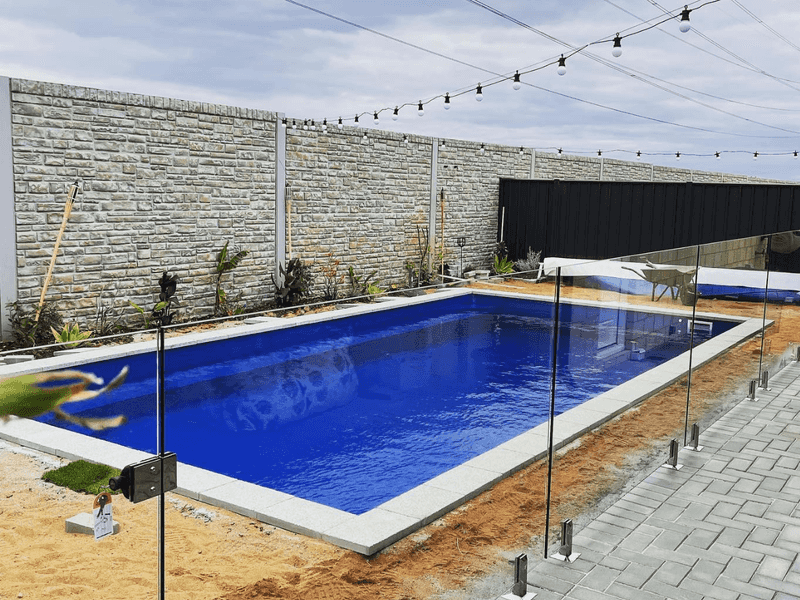
Swimming pools create summer fun but generate serious regulatory concerns, even for above-ground models. Most municipalities require permits for any pool capable of holding water deeper than 24 inches, along with mandatory safety features like self-closing gates and childproof locks.
Fencing requirements specifically target pool safety, with most codes mandating complete enclosure of the pool area. The fence height, gate specifications, and distance from the pool edge all face strict regulation to prevent tragic accidents.
Electrical considerations add another layer of compliance issues. Pumps, filters, and lighting must meet specific codes with proper grounding and GFCI protection. Skipping permits for pool installations risks substantial fines and liability issues, as homeowners insurance may deny coverage for accidents involving non-compliant pools—making proper permitting essential for both safety and financial protection.
11. Excessive Outdoor Lighting
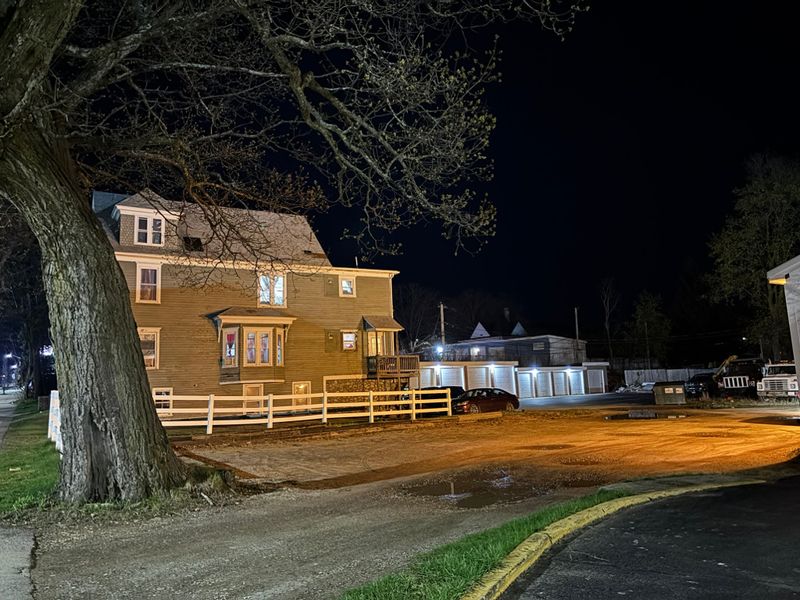
Brightening your property with security lights or landscape illumination seems harmless until you learn about light trespass ordinances. Many suburbs now restrict the brightness, direction, and operating hours of exterior lighting to reduce neighborhood light pollution.
Motion-activated floodlights pointed toward neighboring properties commonly violate these regulations. Properly aimed fixtures should direct light downward and remain on your property, not casting glare into neighbors’ windows or creating driving hazards on nearby streets.
Some communities have adopted dark sky initiatives that limit upward-facing landscape lighting and decorative fixtures. These regulations protect nighttime visibility of stars while reducing impacts on wildlife. Before installing extensive outdoor lighting systems, check local ordinances and consider using shielded fixtures, timers, and appropriate brightness levels to maintain good neighbor relations while enhancing your property.
12. Tall Hedges on Property Lines
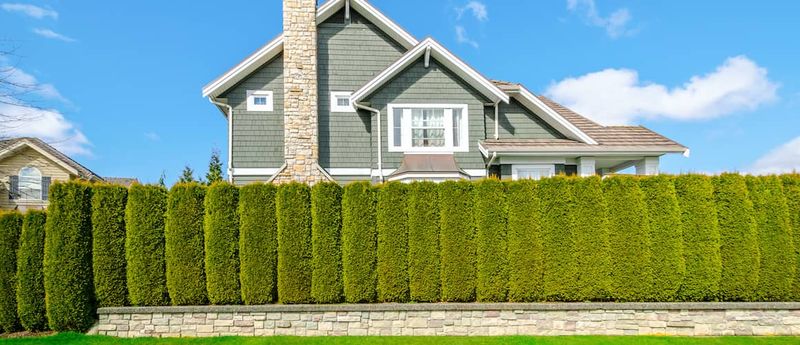
Living privacy screens formed by hedges might seem like a natural alternative to fences, but many municipalities regulate hedge height just as strictly as built structures. Maximum height limits typically range from 6-8 feet, with front yard restrictions often much lower at 3-4 feet.
Property line plantings create particular legal concerns. While you might own the land, the growth pattern of hedges can extend into neighboring properties, potentially violating setback requirements. Some areas require maintaining several feet of clearance from boundary lines for tall vegetation.
Visibility regulations add another consideration, especially for corner lots where tall plantings might obstruct sightlines for drivers. Before establishing substantial hedgerows, verify local landscaping ordinances and consider the mature growth patterns of your selected species. Removing established hedges later can prove far more costly and destructive than planning compliant landscaping from the start.
13. Rainwater Collection Without Approval
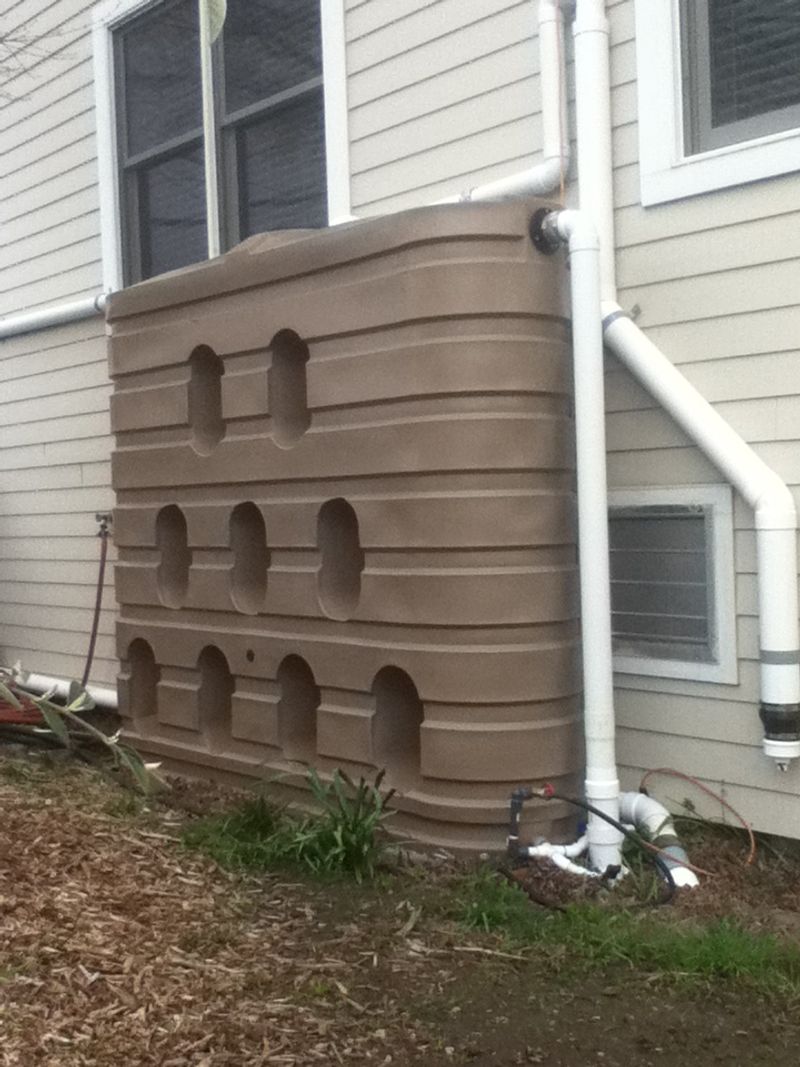
Harvesting rainwater seems environmentally responsible, but complex water rights laws in many regions restrict or regulate collection systems. Some western states have historically limited rainwater harvesting entirely, while others require permits for systems exceeding certain capacities.
Health concerns also drive regulations, particularly for systems intended for household use rather than just irrigation. Standing water creates mosquito breeding concerns, prompting requirements for screens, filters, or regular treatment in many areas.
Connection methods present another regulatory issue, as improper integration with existing plumbing systems can create cross-contamination risks. If you’re planning rainwater collection, research your specific state and local regulations, as these vary dramatically by region. Many areas now encourage properly designed systems through tax incentives and streamlined permitting while still maintaining safety standards.
14. Chicken Coops in Restricted Zones
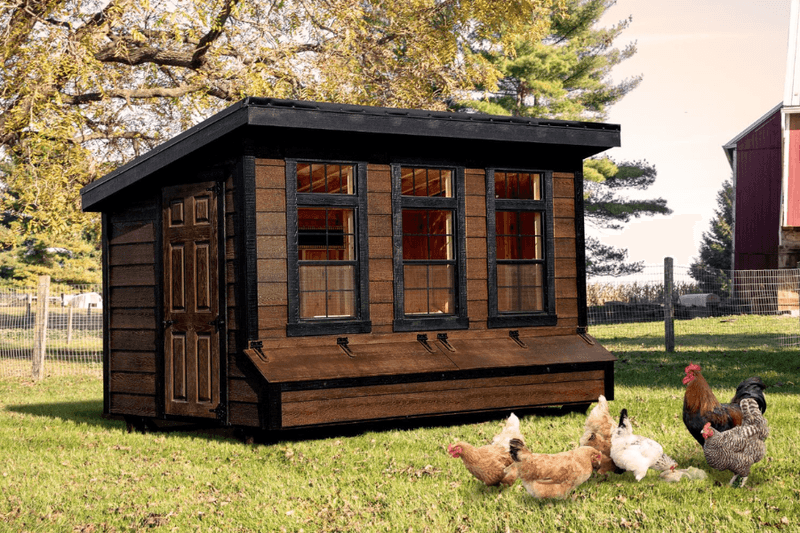
Backyard chicken keeping has surged in popularity, but many suburban zoning codes either prohibit poultry entirely or impose strict limitations. Typical restrictions include maximum flock sizes (often 4-6 birds), minimum lot sizes, and setback requirements from property lines and neighboring structures.
Rooster bans represent the most common regulation, with many areas permitting hens while prohibiting their noisier counterparts. Coop construction standards might also apply, with requirements for predator-proof designs, minimum square footage per bird, and proper waste management systems.
HOA regulations frequently impose additional restrictions beyond municipal codes, sometimes banning chickens entirely regardless of city allowances. Before investing in your backyard flock, thoroughly research both local ordinances and any homeowner association rules that might apply to your property to avoid potential fines or being forced to rehome your birds.
15. Installing Wood-burning Fire Pits
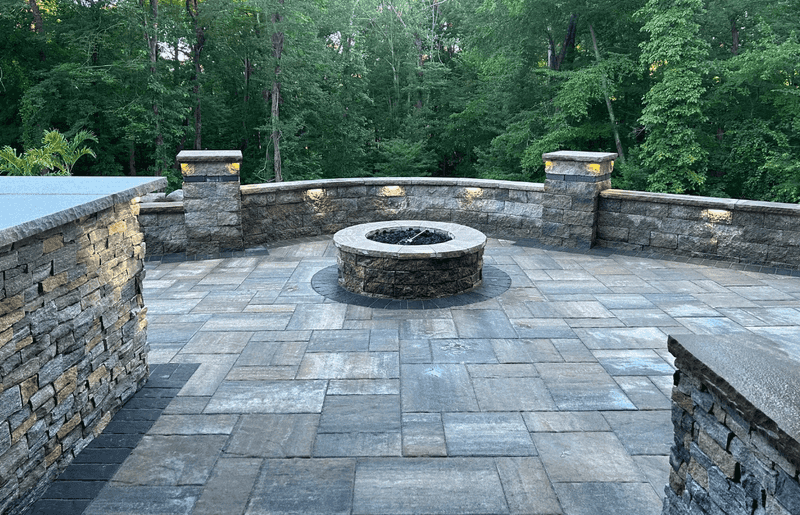
Cozy backyard fire pits create perfect gathering spots, but permanent installations often face strict fire code regulations. Setback requirements typically mandate minimum distances from structures, trees, and property lines—usually 10-25 feet depending on your location.
Air quality regulations present additional restrictions, with some counties implementing complete bans on wood-burning fire features or limiting their use during certain seasons. These rules aim to reduce particulate pollution, especially in valleys or areas prone to air stagnation.
Even portable fire pits must comply with local burning ordinances, which might restrict fuel types, operating hours, or require constant attendance. Before constructing a permanent fire feature or purchasing a portable unit, check your local fire department regulations and consider cleaner-burning gas alternatives that face fewer restrictions while still providing ambiance and warmth without smoke concerns.
16. Using Prohibited Building Materials
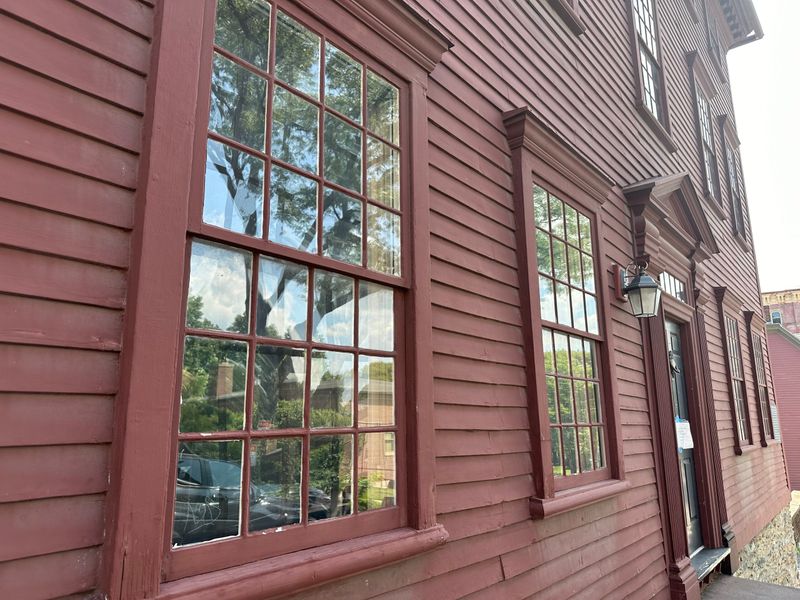
Renovation projects sometimes incorporate materials that local building codes specifically prohibit. Common examples include certain types of plastic plumbing pipes in high-temperature applications, flammable exterior siding materials in wildfire-prone areas, or lead-containing products in any new construction.
Historical districts impose particularly strict material regulations, often requiring specific types of roofing, siding, and windows that match the neighborhood’s original character. Even paint colors might face regulation in these specially designated areas.
Energy codes increasingly dictate material specifications too, with some jurisdictions banning single-pane windows or requiring minimum insulation values for all building components. Before purchasing materials for your project, consult local building codes or work with licensed contractors familiar with regional requirements. This prevents costly rework when inspectors identify non-compliant materials already installed in your home.
17. DIY Plumbing Without Inspection

Tackling your own bathroom or kitchen plumbing upgrades might save labor costs but creates significant legal and safety risks without proper permits. Most jurisdictions require permits and inspections for any plumbing modifications beyond simple fixture replacements.
Common violations include improper venting of drain lines, incorrect slope on waste pipes, and missing access panels for future maintenance. These seemingly technical details prevent sewer gas infiltration, ensure proper drainage, and allow for necessary repairs without demolishing walls.
Cross-connection issues represent particularly serious concerns, as improperly installed plumbing can contaminate drinking water supplies. If you’re determined to handle plumbing work yourself, many areas offer homeowner permits that include detailed inspections at critical stages of the project. These inspections protect both current and future residents while ensuring your work meets essential health and safety standards.
18. Permanent Tiny Homes in Backyards
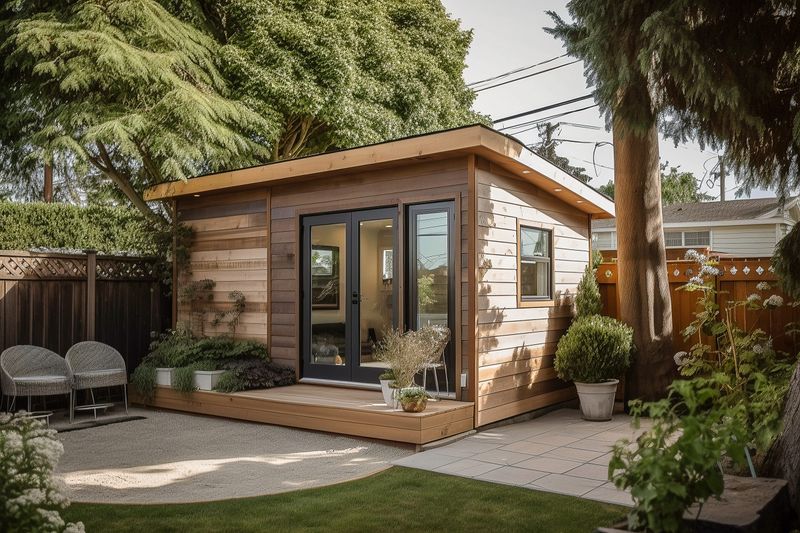
Tiny houses have captured widespread imagination as affordable housing solutions, but permanently placing one in your backyard typically violates residential zoning codes. Most suburbs classify tiny homes on wheels as recreational vehicles, which face strict restrictions against permanent occupancy in residential zones.
Foundation-based tiny structures fare no better without proper permitting. Minimum square footage requirements for dwellings often 700-1,000 square feet specifically prevent tiny home installations in many municipalities, regardless of construction quality or aesthetic appeal.
Utility connections create additional compliance hurdles, as proper water, sewer, and electrical services must meet the same codes as traditional homes. Before investing in a backyard tiny home, investigate whether your area offers ADU (Accessory Dwelling Unit) pathways for legal installation, as these specialized permits sometimes provide exceptions to standard dwelling requirements.
19. Unpermitted Basement Apartments
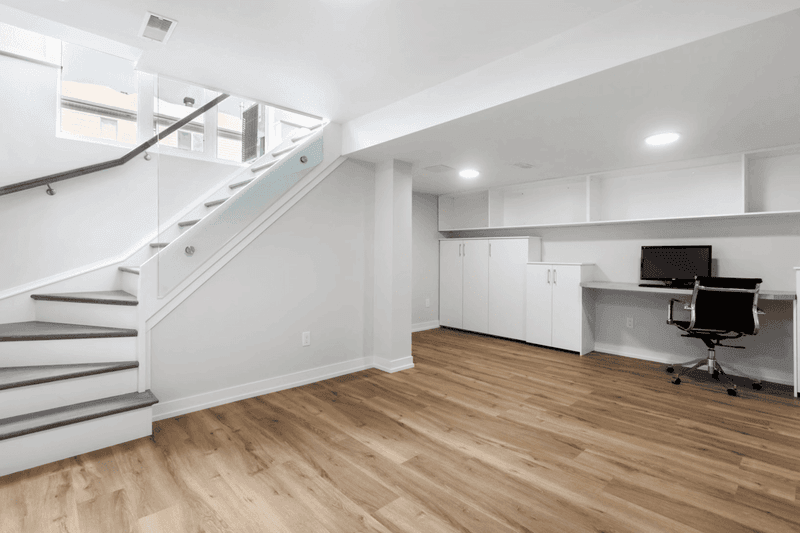
Converting basements into rental units creates income potential but frequently violates multiple housing codes. Egress requirements represent the most critical safety regulation, with most areas mandating window wells or walkout exits of specific dimensions for bedroom spaces.
Ceiling height minimums typically 7 feet for habitable rooms disqualify many older basements with lower clearances. Separate utility metering, dedicated HVAC systems, and fire separation between units add substantial complexity and cost to legal basement apartment conversions.
Beyond building codes, zoning ordinances often prohibit multiple dwelling units on single-family lots entirely. If discovered, illegal basement apartments can result in immediate eviction of tenants, substantial fines, and forced restoration to original conditions. Before creating a basement apartment, verify whether your property’s zoning allows for legal conversion and obtain proper permits to ensure both safety and compliance.

